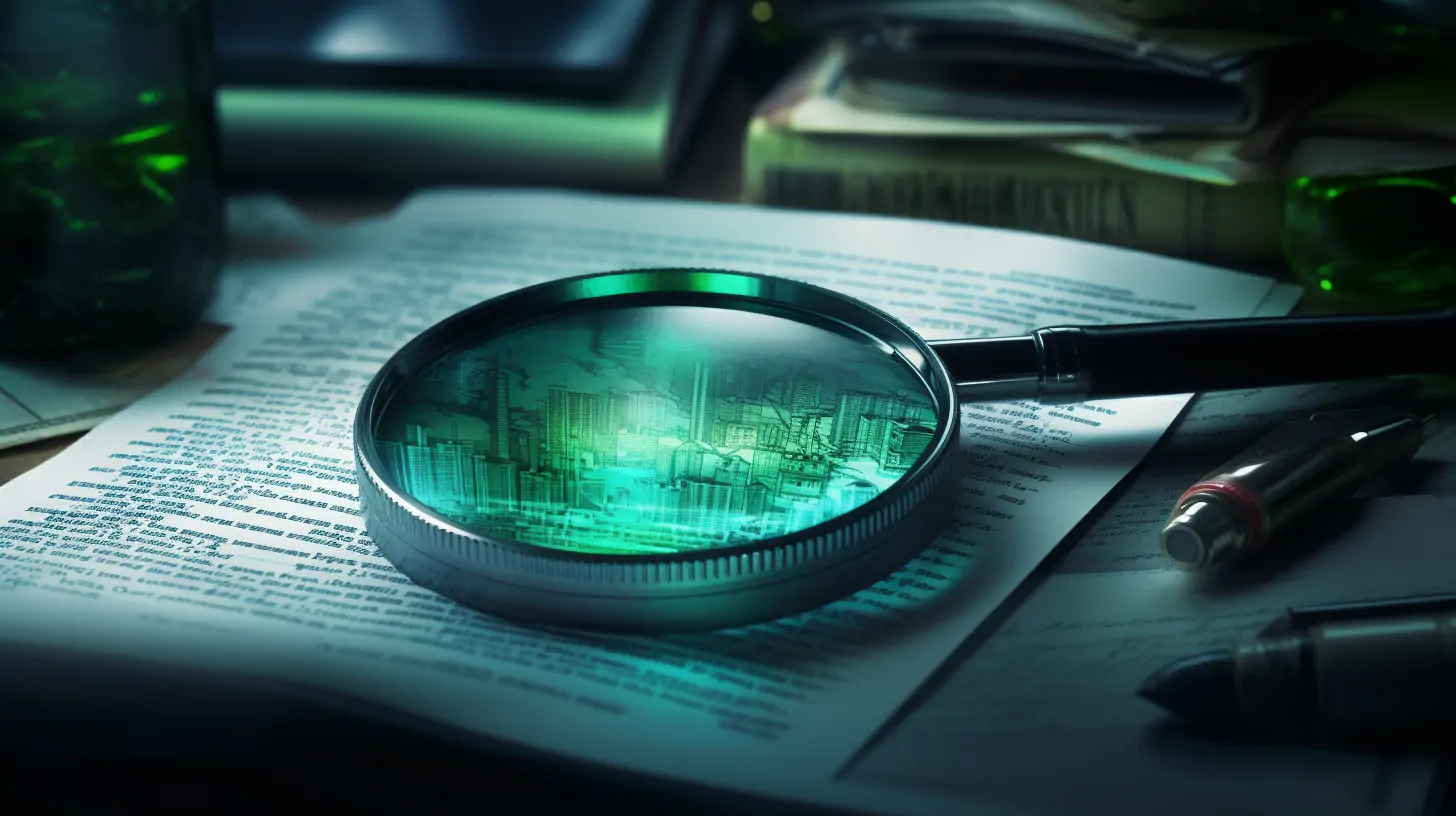Interesting statistics
Value Maximization: From Agile Retrospective Ideas to Actions
Future Trends: Agile Retrospective in the Emerging Agile Landscape
Agile Retrospective Facilitation: Core Skills and Techniques
Agile Retrospective Metrics: Measuring Performance and Progress
Continuous Learning: The Role of Agile Retrospectives in Knowledge Sharing
The Future of Agile Retrospectives: Artificial Intelligence and Automation
Understanding Agile Retrospective
Agile retrospectives are a crucial part of the Agile process because they allow teams to evaluate their recent work, pinpoint areas for improvement, and create practical strategies for performance enhancement. The team can learn from past mistakes and modify their practices with these organized sessions.
An Agile retrospective is fundamentally a reflection and learning process. The word "retrospective" itself derives from the Latin verb "retrospectare," which means "to gaze back." During these discussions, the teams do just that. They reflect on the task they just finished to determine what worked, what didn't, and what can be done better the next time.
Teams can foster a culture of continuous improvement and help Agile development offer value to the client fast and effectively by comprehending and utilizing the power of retrospectives. Team members are encouraged to openly express their views and feelings during the retrospective without worrying about judgment. This is a moment for collaborative learning, supportive feedback, shared decision-making, and constructive criticism.
The Role of Agile Retrospective in Continuous Improvement
Agile techniques are built on the principle of continuous improvement. The objective is to establish a cycle of continuous improvement where teams periodically assess their work and change their procedures as necessary. The primary method for accomplishing this is an agile retrospective.
A planned procedure known as a retrospective enables teams to frequently examine their work, pinpoint successes and problems, and make improvements. Open communication and teamwork enable the group to learn from past mistakes and continuously enhance their workflow.
Teams may become more productive and efficient, resulting in better products and quicker delivery times, by fostering a culture of continuous improvement. Also, teams are better able to react to change due to this ongoing process of reflection and modification, which is a critical component of Agile techniques.
Anatomy of an Effective Agile Retrospective
A powerful Agile retrospective includes numerous essential components, including:
Prepare the scene. Setting meeting objectives is the first step in the retrospective. Ensuring everyone on the team feels safe and respected will allow them to freely express their ideas and opinions.
Data collection. The team then gathers information on what occurred and examines the most recent work period. This could be talking about activities completed, issues faced, triumphs attained, and relevant experiences.
Receiving the information. The group then examines the information gathered to spot trends, get new perspectives, and comprehend the underlying causes of issues.
Decide what to do: Based on the information received, the team decides on actions to enhance their performance and processes. They must be clear, doable, and measurable.
Closing the Retrospective: Reflections on the conference are discussed after the retrospective, along with suggestions for future retrospectives' potential improvements.
Preparing for the Agile Retrospective: Tips and Strategies
Doing a successful Agile retrospective requires careful planning. Observe the following advice and tactics:
Define the purpose: Before the retrospective, the purpose should be clear. It could involve considering a specific project, finding a solution, or enhancing a specific area of the team's work.
Select the right members: Ensure the retrospective involves the relevant team. This typically involves the entire Agile team, but stakeholders may also be included if necessary.
Prepare the data: Collect pertinent information for the retrospective discussion. These could be consumer comments, project metrics, or team member observations.
Create a safe environment: Provide a courteous and secure environment where team members can freely express their ideas.
Plan your agenda. Create a concise agenda for the retrospective that outlines the topics covered and when.
Process: Conducting an Agile Retrospective
A team can reflect, talk about, and make action plans through the organized process of an agile retrospective. Here is a standard procedure:
Beginning: The facilitator sets the scene by stating the expectations for the retrospective. They place a strong emphasis on the value of respectful dialogue and open-mindedness.
Data Gathering: The group discusses a recent work period and takes stock of what transpired. This could be going through project metrics, going over tasks that have been finished, or talking about individual experiences.
Idea Generation: The group examines the data for trends and patterns. They talk about what worked and what didn't and why. Understanding the fundamental reasons for both success and failure is the aim.
Action planning. The group decides on specific steps to take to enhance their job. These tasks have due dates and are allocated to particular team members.
Closing: The group evaluates the retrospective, talking about what worked and what may be done better. They promise to carry out the plans they have made.
Agile Retrospective Methods and Tools
Numerous techniques and tools simplify agile retrospectives. These are a few instances:
Starfish retrospective. Drawing a starfish with each limb corresponding to a separate category —Keep Doing, Start Doing, Stop Doing, Do More, and Do Less—represents this approach. Members of the team contribute their opinions to each category.
Mad, Sad, Glad. Team members classify their emotions on a recent work period as angry, sad, or joyful. This encourages conversation about what worked and what didn't.
Retromat: An internet tool called Retromat provides a variety of retrospective actions. This enables you to combine various activities to develop a unique retrospective plan.
Rememo: Team members can add their ideas and opinions to a digital retrospective whiteboard created with Rememo.
Case Study: Successful Agile Retrospectives in Action
Let's look at an illustrative case to demonstrate the effectiveness of Agile retrospectives. Consider a software development team that consistently misses deadlines. To address the issue, they choose to hold a retrospective.
They realize during a retrospective that task priorities are not clearly defined, which results in inefficient workflow. A new task prioritization system with explicit decision-making principles is being introduced.
This illustration shows how agile retrospectives may considerably raise team productivity. They observe a significant increase in their production throughout the following work period. They not only meet deadlines, but they also work more happily and less stressfully.
Overcoming Problems in Agile Retrospectives
Agile retrospectives may encounter several issues. These are a few typical ones and strategies for overcoming them:
Lack of participation. It is unlikely to be productive if team members do not actively participate in a retrospective. Provide a welcoming climate where everyone feels comfortable speaking their minds to promote engagement.
Unclear actions. It is doubtful that the actions resulting from the retrospective will be carried out if they are vague or impractical. Make sure to create precise, doable, and quantifiable actions.
Lack of follow-up. The team won't experience any improvement if the steps decided upon during the retrospective are not carried out. Make sure to designate who is responsible for each action and to assess progress frequently.
Value Maximization: From Agile Retrospective Ideas to Actions
Agile retrospectives' true worth is found in the activities they inspire. The group must turn thoughts into actions after recognizing ideas and potential improvements. Here are some tips to increase the effectiveness of your retrospectives:
Prioritize actions. Activities differ from one another. Determine which actions are most important depending on their likelihood of success.
Assign Responsible Persons: Make sure someone is in charge of carrying out each action.
Set Deadlines: Provide definite completion dates for all tasks.
Monitor progress: Regularly check the activities' status to ensure they are progressing.
Sustained Improvement: Tracking Retrospective Agile Actions
To maintain the improvements found during retrospectives, tracking actions is essential. To guarantee action is taken, consider the following tactics:
Regular Reviews: Continually review progress during team meetings.
Visibility. Keep team members aware of activities, for instance, by posting them on a board in the team's workplace.
Responsibility. Hold team members liable for the tasks they are given. Regular inspections and public awareness can help with this.
The Impact of Agile Retrospectives on Team Performance
Agile retrospectives can significantly affect a team's effectiveness. They may result in advancements in several areas, including:
Process efficiency. Teams can improve their procedures and work more productively by recognizing and addressing problems.
Product quality. Teams can raise the caliber of their goods through continuous development.
Adaptability: By encouraging a culture of learning and adjustment, retrospectives can aid teams in becoming more adaptive.
Team Morale: By offering a place for open discourse and group decision-making, retrospectives can raise team morale.
Future Trends: Agile Retrospective in the Emerging Agile Landscape
The Agile retrospective will change as Agile approaches do. Potential future trends include:
Wider use of technology. Teams use digital tools more frequently to aid their retrospectives as remote work becomes more prevalent.
Integration with AI: Artificial intelligence can analyze historical data to provide new information.
Focus on psychological safety. In retrospect, psychological safety is becoming increasingly important, and we can anticipate that attention will continue to be paid to it.
Agile Retrospective Facilitation: Core Skills and Techniques
Agile retrospectives must be successfully facilitated. Here are some necessary abilities and methods for efficient facilitation:
Active Listening: To ensure that everyone's voice is heard, team leaders should actively listen to every team member.
Encouraging Participation: To ensure that all points of view are considered, facilitators should urge everyone to participate in the conversation.
Conflict Management: If differences occur, the facilitator should assist the group in finding a solution that works for everyone.
Process direction: The team should be led through the retrospective process by the facilitator, who will ensure everyone stays on task and meets their objectives.
Enabling Feedback: How to Set Up an Agile Retrospective
The retrospectives themselves must be improved regularly. After each retrospective, get the team's comments on what worked well and what needs to be improved. Make changes to your retrospective process using this feedback. This can entail altering the meeting's format, attempting novel activities, or resolving conflicts.
Psychological Aspects of Agile Retrospectives
Agile retrospectives must consider critical psychological factors. They enable team members to express their feelings about their work, fostering empathy and emotional intelligence. By emphasizing learning and progress rather than blaming or criticizing, they help promote a growth mentality.
In hindsight, psychological safety is crucial. Team members should express their ideas and beliefs without worrying about criticism or retaliation. It is the responsibility of facilitators to foster an environment of respect and trust deliberately.
The Impact of Team Culture on Agile Retrospectives
Agile retrospective efficacy is strongly influenced by team culture. Team members are more likely to express their ideas, which promotes more fruitful discussions and better results. Retrospectives can prosper in an environment of trust and transparency.
Speaking up may be difficult for team members, which prevents dialogue and improvement. For your retrospectives to be as effective as possible, you must promote a healthy team culture.
Remote Agile Retrospectives: Challenges and Solutions
Agile retrospectives are increasingly being held remotely by teams due to the rise of remote labor. Due to this, issues arise, including poor communication and a shortage of bodily cues. However, these issues can be solved with the appropriate approach:
Use of digital tools. Online resources like digital whiteboards and video conferencing software can facilitate remote retrospectives.
Clear Communication: In a distant setting, precise and clear communication is even more critical. The procedure and expectations must be understood by all participants, according to the facilitators.
Scheduling: Because team members may live in different time zones, scheduling can be challenging. Think about everyone's schedules and choose a time that works for everyone.
Building trust: Even though it can be challenging, developing trust in a remote setting is crucial. Encourage open communication, empathetic behavior, and dependability to increase trust.
Agile Retrospective Metrics: Measuring Performance and Progress
You must evaluate the results of your Agile retrospectives for them to be successful. These are some metrics to take into account:
Action Completion Rate: Keep track of the proportion of actions from one retrospective that were finished before the next.
The quality of the results. After using hindsight, monitor your team's output quality to see if it rises.
Team Satisfaction: Regularly ask your staff how they feel about the retrospective process and overall performance.
Lead time. Keep track of the time it takes to accomplish tasks. You can learn more about the effectiveness and efficiency of your team by doing this.
Continuous Learning: The Role of Agile Retrospectives in Knowledge Sharing
Agile retrospectives encourage team collaboration and knowledge sharing. They give team members a place to discuss their ideas and experiences, promoting group learning. They also promote a culture of constant progress, where team members are motivated to advance their knowledge.
Agile Retrospective Games: Team Engagement
Several teams incorporate games in retrospectives to make them more enjoyable. They might be anything from short icebreakers to intricate information-gathering exercises. For instance, in the Speed Boat game, players must figure out what causes their boat to slow down (i.e., these games can make retrospectives entertaining and engaging, fostering greater involvement and practical debates).
The Role of the Agile Coach in Retrospectives
In retrospect, the Agile coach is essential. They frequently serve as coaches who lead the team through the retrospective procedure. By encouraging team members to communicate their ideas and opinions, they also contribute to developing a trusting and open environment. They also assist the team in translating the retrospective data and insights into actionable items.
Agile Retrospectives: A Tool for Organizational Change
Agile retrospectives have the potential to be practical tools for implementing organizational change. They promote a continuous improvement culture where teams always seek to increase performance. They also give teams a way to respond to environmental changes, which makes the company more adaptable and resilient.
Agile Retrospectives: Beyond the Team Level
Retrospectives are typically conducted at the team level, but their principles can also be used at the departmental or organizational level. Companies can become more effective and agile by continuously reviewing their performance and developing and implementing ideas.
Building Confidence in Agile Retrospectives
Agile retrospectives require a high level of trust. Team members must feel comfortable speaking their minds without worrying about reactions or retaliation. A polite attitude, openness, and the ability to resolve problems amicably must be sustained over time to fasten.
The Future of Agile Retrospectives: Artificial Intelligence and Automation
Agile retrospectives can be expected to incorporate more AI and automation in the future. AI, for instance, can examine previous data to spot trends and patterns that might not be immediately apparent. Teams can create better improvement actions due to more profound insights from this. Moreover, automation can make the retrospective process simpler by, for instance, automatically tracking the status of actions or creating reports.
It is crucial to remember that automation and artificial intelligence are tools to enhance, not replace, the human component of hindsight. Retrospectives require open communication, group decision-making, and team building that technology cannot replace.
To sum up, agile retrospectives are a vital tool for helping Agile teams keep improving. Teams can improve their efficiency and adaptability by routinely reflecting on performance, coming up with ideas, and carrying them out. Effective facilitation, honest and courteous communication, and a dedication to action and follow-up are the keys to successful retrospectives. Agile retrospectives will become more prevalent as Agile approaches develop, providing new learning and development opportunities.




